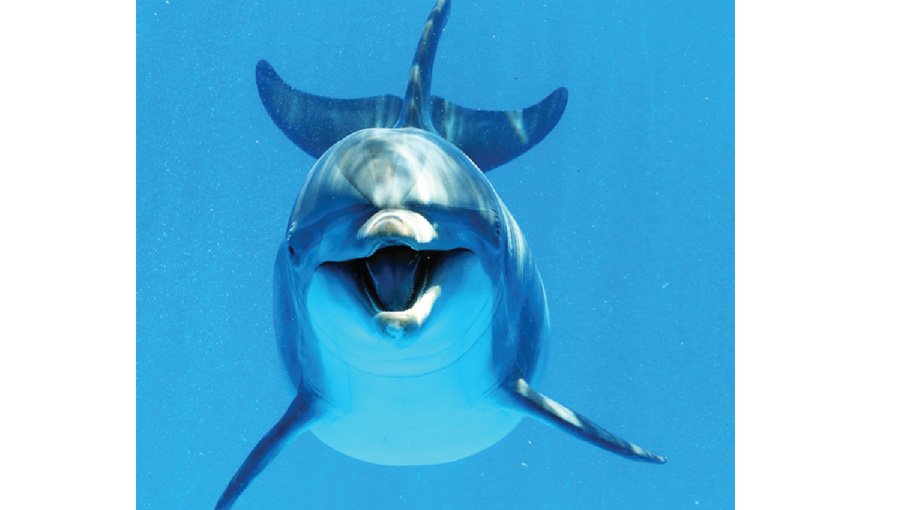Dolphins playfully grin
New study uncovers expression of joy

Dolphins have long been thought to have a permanent smile, but researchers suggest they've identified a true expression of playfulness among these marine mammals.
A new study published in 'iScience' reveals that common bottlenose dolphins (Tursiops truncatus) display open-mouth grins more often when playing with each other compared to when they are alone or interacting with humans.
The researchers found that this grin often triggers similar expressions in other dolphins, hinting at a form of emotional sharing. "It’s intriguing to see this study applied to dolphins, a different group of mammals," says Peter Tyack, a marine mammal biologist at the University of St Andrews. However, he cautions that it’s not yet clear what the dolphins are communicating with this expression.
Play is common in many animals as a way to signal intentions and avoid conflict. For example, primates exhibit relaxed open-mouth expressions, which some scientists believe evolved to prevent actual fighting. Elisabetta Palagi, an ethologist at the University of Pisa and co-author of the study, sought to find out if dolphins exhibit similar behaviours during play.
The research team set up cameras in two enclosures—one at an aquarium in Rome and another in France—to record dolphin interactions. They observed over 80 hours of footage and logged more than 1,000 open-mouth expressions, primarily during play with other dolphins. Notably, one-third of the time, the observed dolphin responded with a similar grin.
Despite these findings, Tyack emphasises that open-mouth poses in dolphins are not exclusive to play; they can also occur during aggressive or sexual behaviours. Furthermore, Kathryn Holmes from the Sarasota Dolphin Research Programme raises questions about whether these behaviours occur in wild dolphins, particularly in murky waters where expressions might be hard to see.
The study opens avenues for further research on dolphin behaviour and communication.



